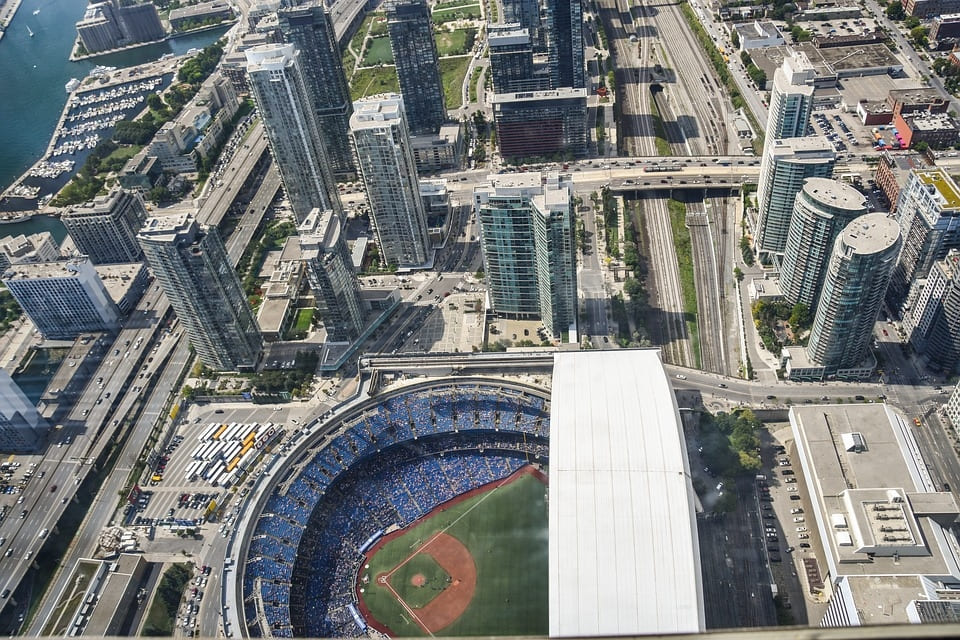
On Monday morning, Toronto Mayor John Tory unveiled six new steps to unlock gridlock and combat traffic plaguing the city.
The steps of the new traffic plan centre around enforcement and technology — utilizing all of Toronto’s resources to help people move more efficiently. According to the mayor, the plan will build on the progress the city has made and the foundation created by the study of traffic hotspots last year.
Here are the six steps of the new traffic plan:
- The mayor wants to establish “quick clear squads” that will help fix temporary lane blockages on major roads like the Gardiner Expressway and the Don Valley Parkway. The two rapid-response squads will help clear roads in the event of an accident, for example, to keep traffic moving.
- Creating full-time traffic wardens at congestion hotspots throughout Toronto. City staff employed a number of full-time police officers during their traffic warden pilot program earlier this year, with great success. By the first half of 2018, the mayor hopes to be able to maintain the program with city staff rather than police officers.
- Requesting utility companies like Toronto Hydro to confine non-emergency work to off-peak hours between 7 p.m. and 7 a.m. This will reduce the number of lane closures during commuter hours.
- Sharing city traffic data with Waze next month to help both traffic operations and communicate traffic patterns to the public and blockages. Waze is a community-based real-time traffic and navigation app. The mayor announced a partnership with Waze back in June.
- Installing smart signals in November to help monitor the flow of traffic and change signal lengths in real-time.
- Asking city staff for a report on possible fine increases for traffic blocking offences.
“We owe it to drivers, cyclists, pedestrians and transit riders to make sure our city moves in the best way possible,” the mayor said in a statement. “While we have made progress improving how you get around, we can always do more. I am determined to deal with the congestion choking our roads. I’m here today to highlight the next steps we’re taking to tackle Toronto’s traffic because you deserve a better commute.”


